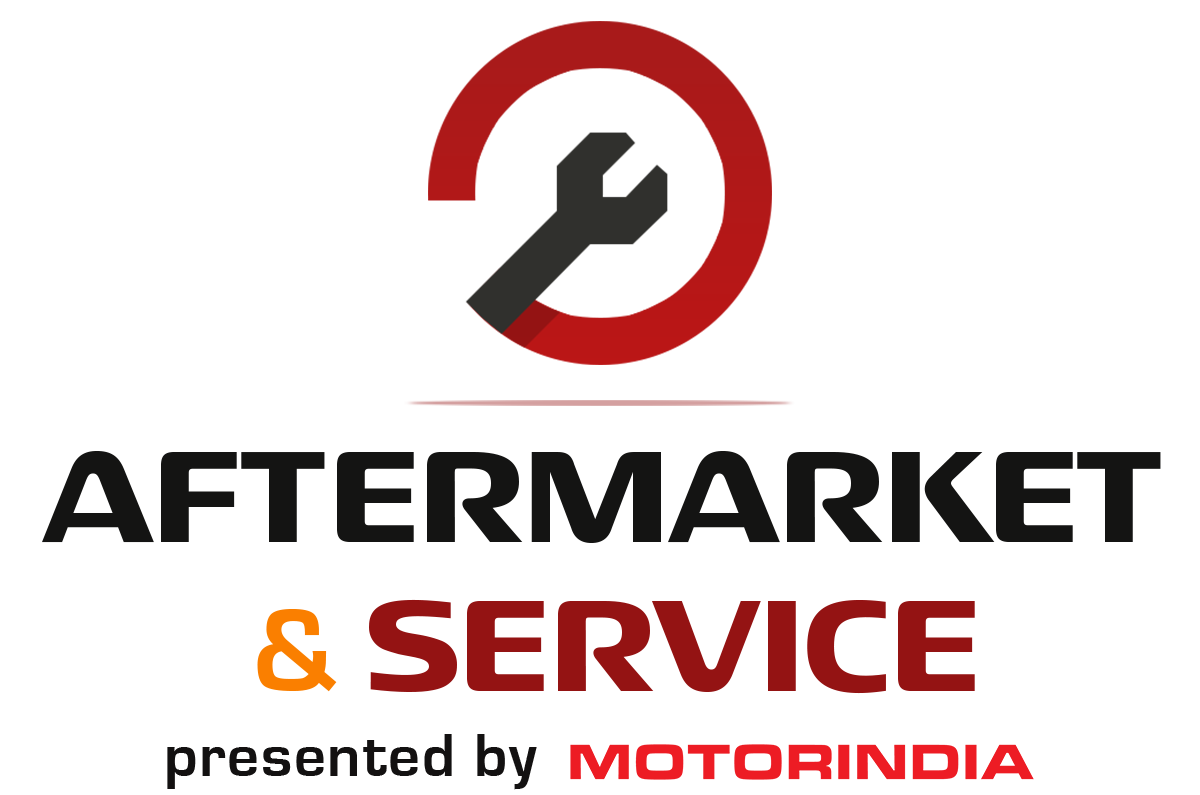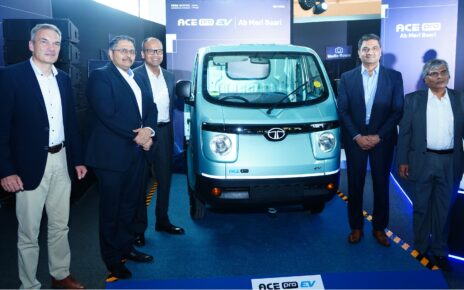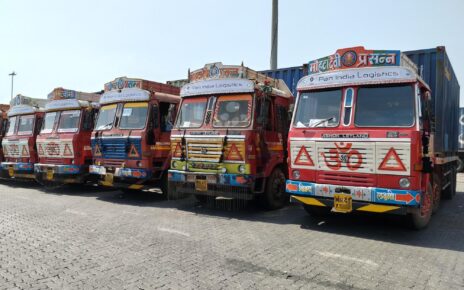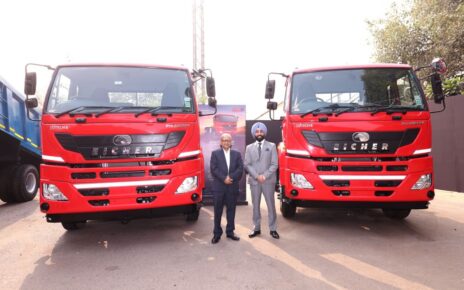Organised by MOTORINDIA in partnership with the Hyderabad Goods Transport Association, the conclave focused on collaborative, solutions-oriented approach amidst widespread transformations linked to evolving technological, regulatory, and business model trends.
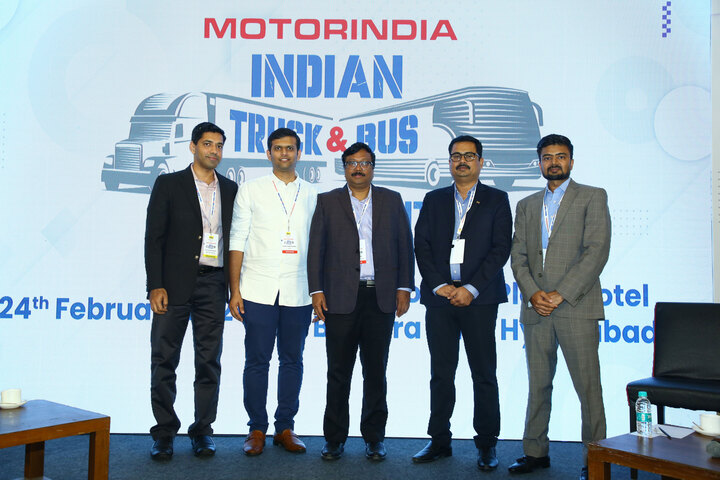
Inaugural session
Telangana State Government’s Joint Transport Commissioner, C. Ramesh, was the keynote speaker. His address focused on the importance of convergence among industry stakeholders. He discussed how a data-driven economy is propelling growth in the commercial vehicles industry and emphasized the crucial role of technology adoption. Ramesh also demonstrated various initiatives being undertaken by the Telangana state government to simplify government approvals and application issuance, benefiting the transport sector at large. Permits can now be availed online, even as Telengana makes concerted efforts to become a part of the VAHAN regime.
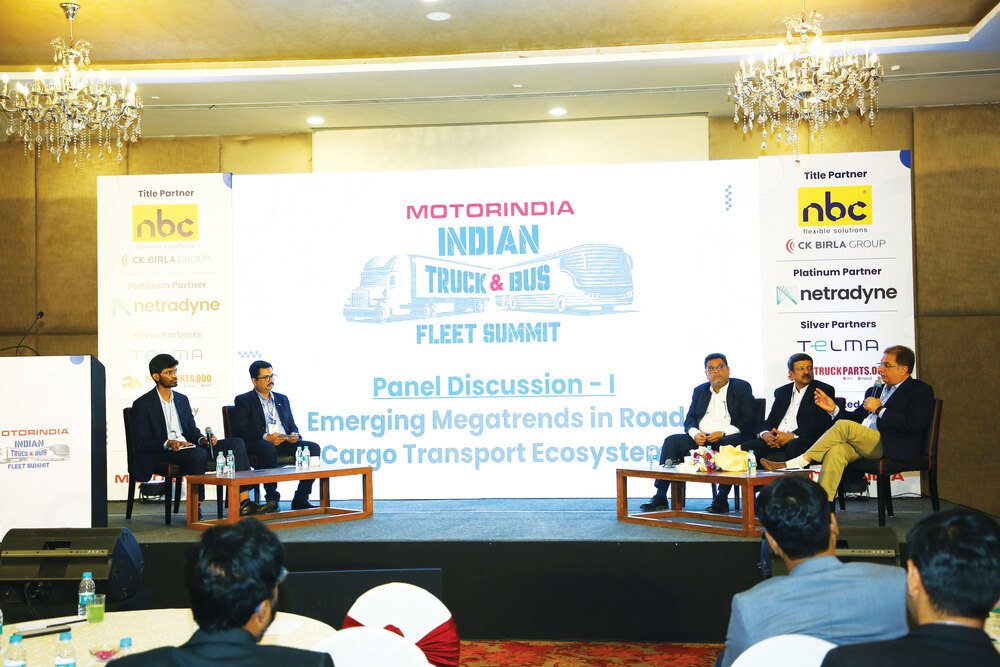
N. Balasubramanian, Executive Editor, MOTORINDIA and Vineel Parvataneni, Secretary, Hyderabad Goods Transport Association welcomed delegates. Chandrakant Shedage, Head, Application Engineering, National Engineering Industries Limited spoke about his company’s expertise at making 2,300 types of bearings that are exported to as many as 30 countries.
In an interesting presentation, Amit Kumar, Senior Director, Netradyne Technology, described how artificial intelligence-enabled dashboard cameras can not only track driver behaviour but forewarn them if for instance drowsiness is detected. In time, use of the system could generate safety scores for drivers and fleets.
Emerging Megatrends in Fleet Transport Ecosystem
Central to the proceedings were two panel discussions. The first one was – ‘Emerging Megatrends in the Fleet Transport Ecosystem’.

The speakers in the first panel discussion included Siddharth Kirtane, Head Marketing, Daimler India Commercial Vehicles, Prashant Kumar, Chief General Manager, SML Isuzu, Jasjit Sethi, Chief Strategy Officer, TCI Group, and Chandrakant Shedage, Head, Application Engineering, National Engineering Industries Limited. The discussion was moderated by Shyam Sundar, Industry Analyst – Mobility, Frost & Sullivan.
Let us take a look at some of the key takeaways from the first panel discussion:
Impact of AC Cabin Regulation Mandate from 2025
This was seen as a positive development by both industry and fleet operators. The introduction of AC in truck cabins is expected to enhance driver comfort and safety on roads. Although there will be an expected marginal cost increase, the industry is anticipated to adjust accordingly to minimize the impact. A decrease in cowl chassis is expected due to the AC mandate, but an alternative view suggests that cowl chassis may persist as some manufacturers will provide AC kits to cowl builders. However, most fleet operators are likely to prefer cabin trucks over cowl trucks due to their advantages.
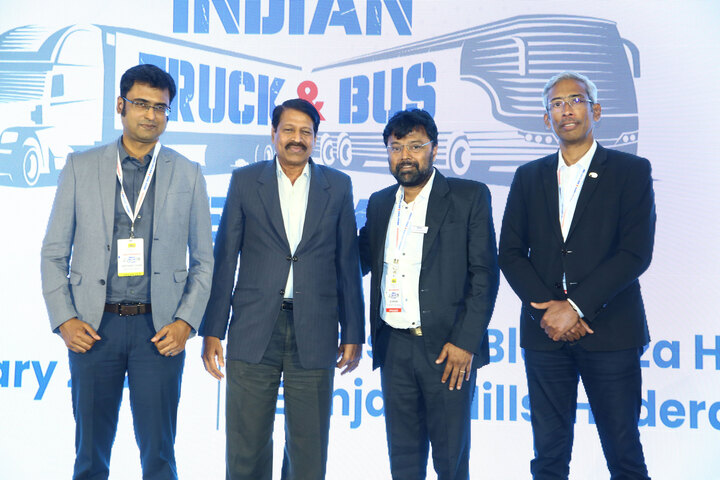
LNG as Transitional Powertrain before Electric
OEMs are developing LNG offerings in the long-haul segment and CNG in the regional haul segments. While the transition to electric vehicles is anticipated, it may take time due to factors such as range, acquisition costs, and charging infrastructure. The panel viewed LNG as a potential optional powertrain, but one that may not significantly replace diesel in the market. Large fleet owners remain sceptical about LNG due to infrastructure concerns and higher acquisition costs.
New Leasing Models with Electric and Hydrogen Powertrains
OEMs suggest that we are at least 3-6 years away from the introduction of zero-emission powertrains in the heavy-duty segment. While OEMs have begun trials with select customers for electric vehicles, hydrogen adoption is still distant. Leasing models are expected to evolve, but in India’s small owner-centered market, vehicle ownership is likely to remain prevalent. However, leasing might be considered by large fleets depending on the cost of ownership, making it viable for both leasing companies and truck owners.


Right to Repair Trend and Increased Sophistication of Trucks with Electronics
The rise in electrical and electronic components in trucks, especially after the transition to BSVI emission norms, has made self-repair a challenging proposition for truck owners, leading to increased dependence on manufacturers. OEMs and large fleet owners emphasized the need to strike a balance between self-repair and workshop repair, considering the complexity of modern trucks. While self-repair is a growing trend, it will largely depend on OEM support and the willingness of truck owners.
Counterfeit Parts and Impact on the Industry
Counterfeit parts are a longstanding problem that affects both customers and component makers. Component manufacturers are employing technological interventions to combat this issue. For instance, a bearing manufacturer engraves a unique alphanumeric code onto components to prevent duplication. The panel highlighted the impact of counterfeit parts on system failures and costly repairs.
Digital Freight Brokerage – Opportunities and Challenges
The panel discussed the benefits of digital freight brokerage for fleet owners, emphasizing its growth potential in India. While startups in this sector have disrupted the industry, their sustainability has raised concerns. The panelists agreed on the importance of financially sound companies running digital freight brokerage services and offering increased load demands to fleet operators.
Maximizing Profitability by Optimizing Efficiencies
The topic for the second panel discussion was ‘Maximizing Profitability by Optimizing Efficiencies.’ The speakers included Ramesh Rajagopalan, Executive Vice President & Head – Customer Services, Network Strategy & Retail Excellence, VECV, Naveen Chopra, HD PD and CDMM MTB M&M, CS Nadurmath, Head – ERM, Re Sustainability, and Sriram Muralidharan, Director, Telma Induction Brakes India. The session was moderated by Sridhar Chari, Consultant, MOTORINDIA.
Here is what we could glean from the panel discussion:
Better Demand Forecasting
With OEMs, auto component makers, fleet operators and their customers no longer operating in silos, trucks and applications specific to end-use segments are being developed. The rise of e-commerce platforms and the GST regime has helped usher more efficiency. That said, regulatory jumps from BSIV to BSVI, safety and overloading stipulations are creating a measure of uncertainty.
AMCs Being Preferred
In many applications, engine service intervals have increased five-fold, even as asset utilisation has climbed. Prima facie, this may translate into reduced demand for trucks, but greater efficiency is resulting better toplines and bottom lines across the value chain. Large fleet operators now insist upon high uptime metrics and dedicated onsite staff. While overall total cost of ownership is still largely dictated by fuel and tyre costs, a better sweating of assets is helping to amortise investments.
Data the Enabler of Efficiency
Telematics devices linked to smart phones provide visibility to all stakeholders. The fleet operator can track driver behaviour, fuel consumption, check pilferage, plan routes and consolidate loads. What is more, preventive maintenance can be planned and alerts can be triggered if critical failures are foreseen. Service vans can now reach breakdown sites within three hours. Drivers can be coached through the use of artificial intelligence and machine learning. Fleet operators now work closely with end customers to map daily schedules and minimise idling times.
Safety – A Shorthand for Productivity
An airconditioned cabin ensures safety by making the driver more comfortable. Similarly, a retarder reduces brake lining wear while promoting safety. So, growing vehicle safety regulations are not at odds with profitability. There is however a need to bring all stakeholders together to convey that safety equals productivity. A focus on retaining precious assets that are drivers through comfort and safety could be a possible win-win strategy.
Rationalisation of Freight Rates, Insurance and Finance – Not Quite There Yet
Though there is better visibility through data, rationalisation of freight rates is proceeding slowly in step with gradual consolidation of the road cargo transport sector. Insurance premia and financing being linked to better operational and safety track records of fleets is still quite some distance away due to overall inertia. A panelist quips that car drivers still resent challans being automatically generated in response to speeding and traffic violations.
Cannot Separate the Man from the Machine
The consensus of the panel was that systemic improvements in vehicle efficiency will do little to qualitatively uplift the road cargo transport value chain unless the sector becomes more ‘glamorous. That implies the need for a concerted drive to recruit, train and retain fresh talent be they drivers or the next generation of truck owners. Only if the sector functions like a well-oiled service industry can it reap the benefits of economies of scale and scope.
Workshop: Solutions to Common Issues Encountered by Fleet Operators
In addition to the two insightful panel discussions, MotorIndia organized an interactive workshop on the topic ‘Solutions to common issues encountered by fleet operators.’ OEMs, fleet operators, and component makers collaborated to identify challenges and propose solutions as part of deliberations facilitated by V.G. Ramakrishnan, MD, Avanteum Advisors LLP.
The most important learnings from the workshop were:
- Driver shortage issue:
- Implement driver training programs.
- Facilitate new vehicle purchases.
- Collaborate with manufacturers to attract and educate new drivers.
- Freight rate stagnation and increasing daily vehicle distance:
- Advocate for RTO initiatives to promote truck driving as an acceptable profession
- Ensure vehicle uptime across all routes and channels to manage costs effectively.
- Tyre cost management:
- Introduce a per km lease model to reduce overall costs.
- Utilize technology for improve operational efficiency.
- E-way bill expiry concerns:
- Integrate Fastag and E-way bill systems for automatic extensions.
- Utilise HGTA’s resolution committee for addressing bad debts.
- Software reliability:
- Work with OEMs and component manufacturers to address issues related to software, brakes, and emissions to ensure safety and compliance.
